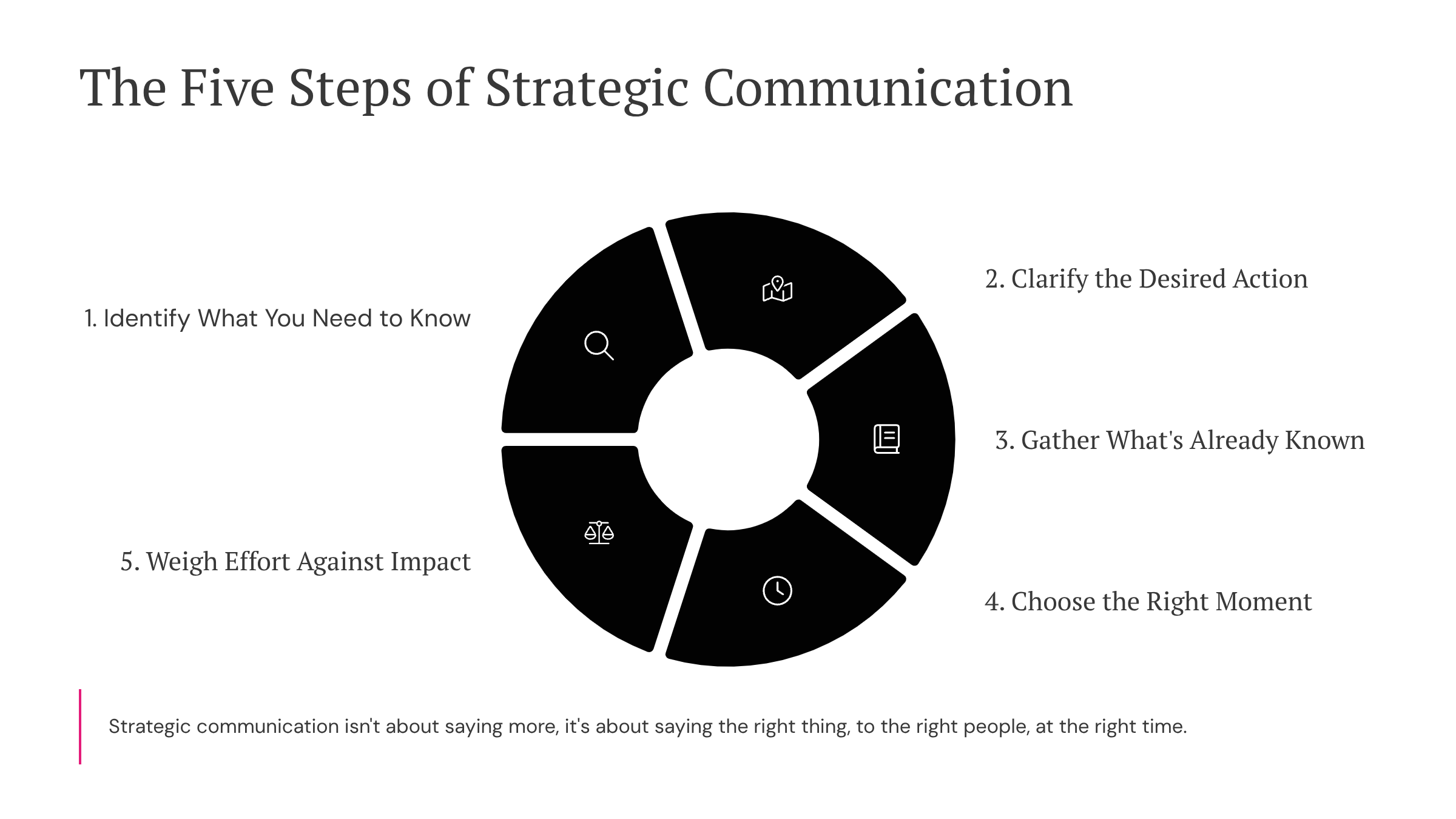From Research to Resonance: How Leaders Use Insight to Communicate with Clarity
We often rush to communicate before we understand. Deadlines push us to move fast, but without research, even the best message can fall flat.
In leadership, clarity doesn’t come from confidence, it comes from preparation. Marketing research offers a framework for how to slow down, ask the right questions, and communicate with purpose. Early in my career, I learned this lesson the hard way, on the other side of the world.
The Lesson I Learned in Asia
When I moved to Asia as an expat, my remit was simple on paper: grow the region. In reality, the markets were fragmented, the teams misaligned, and years of underinvestment had left us disconnected from corporate strategy.
Japan was the turning point. A mature, competitive market where we were underperforming badly. When I asked why, I heard answers like, “That’s how we’ve always done it,” or “They like purple better.” No data. No insight. No rationale.
To influence change, I needed evidence. I reviewed sales reports, analyzed competitors, met with local retailers, and compared assortments across markets. The insight was clear: our issue wasn’t execution, it was alignment.
That research reshaped how I communicated with both corporate and country teams. I could now show why we needed to shift, not just that we needed to, and that clarity earned trust.
Turning Experience into a Framework
That experience taught me that research isn’t limited to marketing, it’s a mindset for leadership communication.
When we treat preparation as discovery, we uncover what really drives clarity and alignment.
The same five steps used in marketing research can guide how leaders communicate with focus, empathy, and purpose.
Step 1: Identify What You Need to Know: Every message begins with inquiry. In research, this means defining the question. In leadership, it means asking: What do I need to understand before I speak?
Step 2: Clarify the Desired Action: Researchers define how insight will inform decisions. Communicators must do the same. Every message should move something forward, whether it’s a decision, a behavior, or a mindset.
Step 3: Gather What’s Already Known: Before gathering new data, great researchers look at existing sources. In communication, that means listening to your audience, your team, your history.
Step 4: Choose the Right Moment: Timing defines impact. The right message at the wrong moment loses power.
Step 5: Weigh Effort Against Impact: Research always weighs cost against benefit. In communication, the cost is attention.
From Insight to Influence
Whether you’re managing markets or leading teams, research is what transforms communication from instinct to influence.
“Insight without communication is silent. Communication without insight is noise.”
Preparation isn’t about perfection, it’s about respect. When we take time to understand before we speak, our messages resonate across markets, cultures, and teams.
Ready to Communicate with Clarity and Lead with Impact?
Elevate Your Influence with Éclat’s Strategic Communication Coaching. We specialize in refining how leaders communicate, aligning what you say, how you show up, and what you want to be known for. Through communications training and executive coaching, we help you turn clarity into credibility and influence that lasts.
Ready to lead with clarity, not noise? Let’s build the communication strategy that amplifies your leadership. Book your consultation →
Want more like this, go to my most recent post: The Communication Skill That Builds Trust Without Oversharing.

